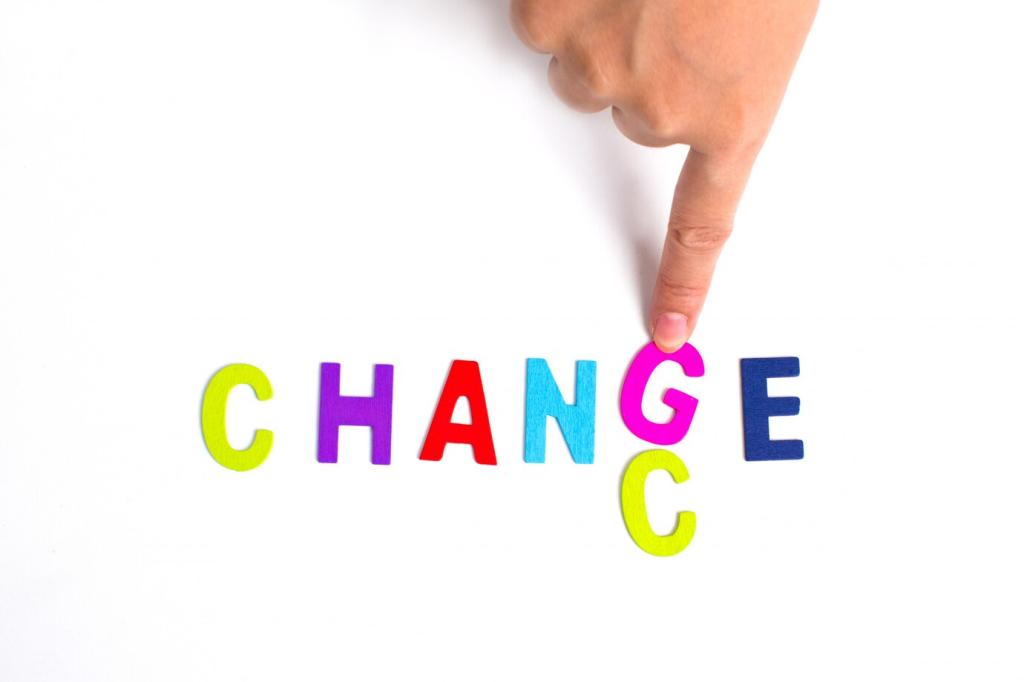Linking Welfare to Inclusive Growth
Early education, nutrition, and preventive health services raise lifetime productivity, with effects compounding through schooling and labor market entry. Capturing these gains requires patience and outcome-oriented valuation beyond immediate budget costs.
Linking Welfare to Inclusive Growth
Childcare, eldercare, and disability support can unlock labor supply, especially for women. Accounting frameworks must reflect how formalizing care shifts activity into measured GDP while supporting household wellbeing and economic dynamism.






